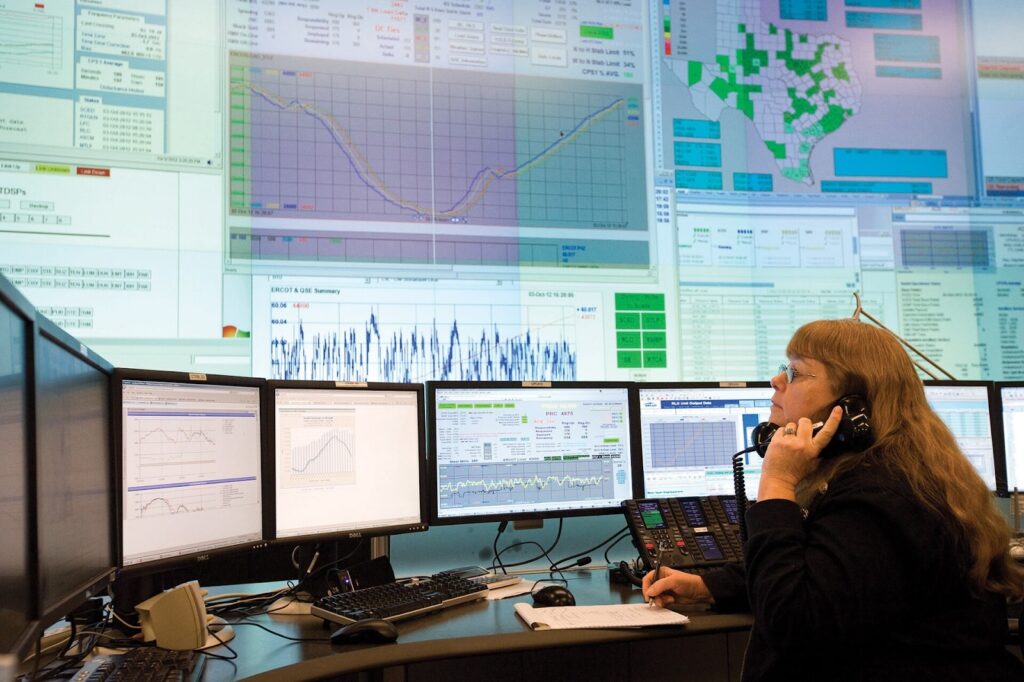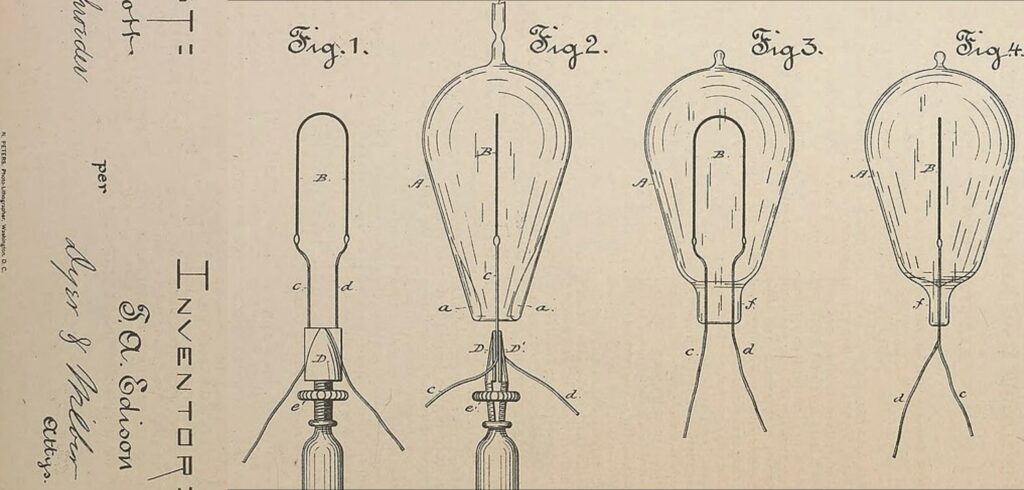It’s Time to Fix Our Dumb Cities with Smarter, Open Systems
It’s ironic that Southern California Edison—named after one of history’s smartest inventors—keeps proving how ‘dumb’ our so-called smart infrastructure really is. Instead of preventing wildfires, they may have caused yet another one. Despite all the technology available today—smart grids, microgrids, predictive failure detection—utilities like SCE still rely on reactionary strategies and scramble to justify their failures instead of preventing them in the first place. The Eaton Fire, like so many before it, raises the same troubling question: why do we still accept infrastructure that isn’t actually smart?
Imagine if, instead of scrambling to justify failures, utilities had real-time, open data systems feeding into public platforms like Watch Duty. Imagine if power line statuses were accessible, allowing communities to prepare instead of react. These aren’t futuristic ideas—the technology exists today. It’s just not being used.
But this failure isn’t just about utilities—it’s systemic across industries. We talk about ‘Smart Buildings’ and ‘Digital Twins’, yet time and again, these systems fail in real-world crises. What’s the point of calling something ‘smart’ if it can’t even handle the basics?
If we don’t pivot now, we’ll be no better than utilities clinging to outdated models while the world burns—literally and figuratively.
The Energy Future is Here—But Our Grid is Stuck in the Past
At the Design Intelligence Conference, Caroline Golin, Google’s Global Head of Energy Market Development and Innovation, discussed the pressing energy demands posed by AI. She emphasized the need for innovative solutions, such as virtual power plants, to address these challenges at a local level.
The emergence of DeepSeek, an open-source AI model, has further complicated the narrative. This development suggests that AI can be more efficient and less energy-intensive than previously thought (10 days ago!), challenging the assumptions that have driven our industry’s approach to energy use.
While AI is evolving at an unprecedented rate—becoming faster, more efficient, and less energy-intensive—our grid infrastructure is still running on century-old assumptions. We’ve optimized servers and data centers, yet we still rely on brittle, outdated electrical grids. How can we build the future of AI on infrastructure that belongs in a museum?
Enough Buzzwords. It’s Time to Build Smart Infrastructure That Works.
Given these developments, our industry must be prepared to pivot quickly. The only way to do this effectively is to embrace open-source solutions and avoid the pitfalls of proprietary systems, which hinder progress. This call is more relevant than ever now, that AI is permeating through everything.
Open Source is the Only Way Forward—Here’s Why
This is where initiatives like the Interoperable Building Box and the Coalition for Smarter Buildings come into play. As part of the Linux Foundation, these initiatives are dedicated to promoting change and “moving the cheese” to foster collaboration across the industry. We will be introducing these efforts at the upcoming AHR conference in Orlando, where the framework will be presented to emphasize the critical need for open-source and open standards.

It’s Time for Utilities to Open Their Data—or Get Out of the Way
Open access to real-time power line status via APIs or data feeds. If they can’t handle that, maybe you shouldn’t be handling our infrastructure at all. Community safety isn’t an inconvenience—it’s the bare minimum.
Real-time power line data would allow:
- Community Colleges to implement emergency protocols, secure equipment, and ensure student and staff safety.
- Homeowners to prepare their properties, manage outages, and plan evacuations.
- Developers to integrate live grid data into platforms like Watch Duty, giving the public the information they actually need.
Enough talk. We don’t need another panel discussion or whitepaper about the “future of smart cities”—we need real data, real transparency, and real accountability. If utilities won’t act, the public and the tech community must force the change.
This isn’t a radical ask—it’s what Interoperable Building Box and the Linux Foundation have been advocating all along: open, federated data that breaks down silos and puts safety first.Yes, planned outages are inconvenient. But wildfires that destroy entire communities are far worse. If utilities can’t balance safety and service, maybe they shouldn’t be in charge of our critical infrastructure.
Join these sessions at AHR Orlando
- Smarter Summit 25 Feb. 9, 3 pm- 5 pm
- IBB Workshop – Feb. 12, 11 am-2 pm
- Booth #1190 at AHR – Coalition for Smarter Buildings, Interoperable Building Box
Fourth in a series of blog posts:
- Four Terrifying Reasons AI and Digital Twins Are Tied at the Hip
- Yelling Fire in a Crowded City
- Why Are Smart Buildings and Cities…Dumb?
AI-Generated Video Timeline
Generated by SORA AI



